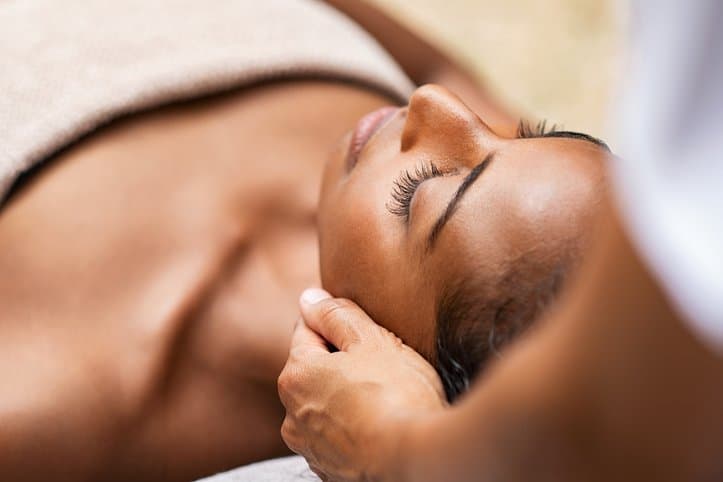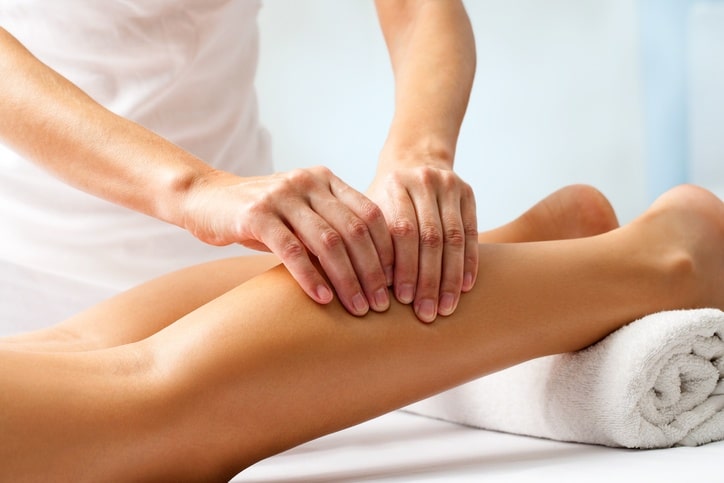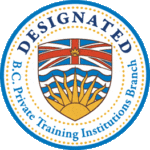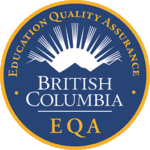Bodywork Therapy has many benefits for the body and mind. It promotes healing through revitalization and relaxation, improved bodily function and circulation, reduced stress levels, and more. While both Eastern and Western massage is widely practiced today, there are many differences between the philosophies, approaches, and techniques in which these modalities are based. While Western massage is primarily targeted toward the physical body, Eastern massage invokes a holistic approach that addresses the body in its entirety.
If you’re interested in becoming a holistic bodywork therapist, you’ll benefit from mastering skills within both Eastern and Western modalities, as you’ll have the opportunity to offer clients both approaches through your practice.
Read on to discover what separates these modalities, and which techniques are utilized under each method.
Eastern Massage’s Holistic Diagnostic Approach Explained for Holistic Massage School Students
Those seeking a holistic massage career will be interested to note that Eastern massage techniques can be employed to promote integration of body and mind to induce healing. While patients might come to Western massage practitioners for problems with muscle tightness or soreness, an Eastern approach might be preferable for patients suffering from chronic fatigue, digestive issues, headaches, sinus problems, or other issues less responsive to a muscular-based treatment approach. For example, if an Eastern massage practitioner treats a patient suffering from sinus problems, they may target points along their energy meridians to unblock energy flows and facilitate healing in that area of the body.

Diagnosis in Western Massage: The Mind/Body Split
While Eastern approaches to massage focus on the body as a whole, Western massage operates by viewing the body and mind as two separate entities in a philosophy known as the mind/body split. This approach to massage focuses on healing specific muscle groups or body parts, while emphasizing relaxation. A Western approach to diagnosis directly addresses the symptoms or condition a patient is experiencing. Various points are targeted in order to relieve muscle tightness and pain, improve circulation, and promote overall wellness and relaxation.

Eastern and Western Massage Techniques
There are a range of different techniques employed within both the modalities of Eastern and Western massage. Those in a holistic massage program may observe that generally, Eastern techniques are more stimulating and vigorous than Western techniques. Eastern massage incorporates movements such as rolling, striking, rocking, and applied pressure in order to stimulate or calm the flow of energy throughout the body. Zhi Ya is a Chinese massage technique rooted in acupressure, applying pressure to acupuncture points connected to nerves to induce a reaction in a certain part of the body. Another common method is Shiatsu, an Eastern massage technique of Japanese origin. Shiatsu massage utilizes pressure, vibrations, rolling, and other techniques to balance energy flows and alleviate pain in the body.
Western massage utilizes five general strokes, which include kneading, tapping, vibration, friction, and gliding. A common form of Western massage is Swedish massage, which focuses on enhancing circulation and promoting relaxation through a number of different strokes. Deep tissue massage is another technique, in which the movements used in Swedish massage are applied in a more intensive manner for deeper impact—helping to realign muscles and tissues, and to relieve tension.
How a Holistic Massage Program Can Equip You With Knowledge of Eastern and Western Modalities
During your training in a massage program, you may be uncertain of which massage approach is more in line with your personal philosophy. At the Vancouver School of Healing Arts, students have the opportunity to explore both Eastern and Western massage modalities to gain a much deeper understanding of each. Equipped with this thorough knowledge, graduates are able to take their career in a direction that aligns with their personal values.
Are you considering holistic massage school?
Contact Vancouver School of Healing Arts to learn more.
Begin your journey.
I’d like more information first.
I’d like to come see the school!
I’m ready! Where do I sign up?





